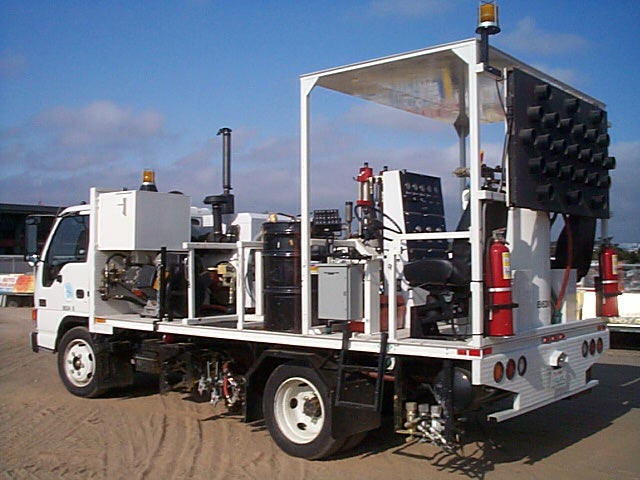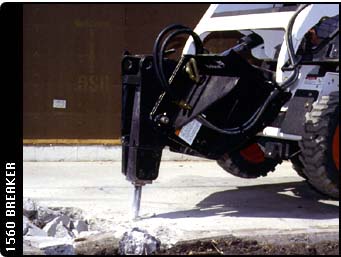GRBs Expand Astronomers’ Toolbox
Imagine demolishing a concrete slab using a Phillips head screwdriver. Or painting highway stripes with a Q-tip. Those tools make the task virtually impossible. Yet taking a trip to The Home Depot to get the right tools makes the job becomes much easier.


Astronomers have added a new tool, specifically gamma-ray bursts (GRBs), to improve their understanding the universe.
Although GRBs were first detected decades ago, in April 2009, astronomers detected the most distant GRB known. This GRB occurred about 700 million years after the creation of the universe, thus, the team hoped it might have resulted from an elusive Population III star. As the first generation of stars in the universe, Pop III stars formed from the only elements existing after the big bang—hydrogen and helium. Without heavier elements Pop III stars were likely massive compared to the stars observed today. Consequently, they burned fuel quickly before dying in massive supernovae and GRB explosions. None of these stars remain today, and even the most powerful telescopes cannot peer into the early universe and detect the relatively small amount of light Pop III stars emitted while they “lived.” Thus, the detectable GRB explosions may provide the only tool astronomers have to observe these cosmologically important stars.
A team of scientists observed the aftermath of GRB 090423 with a powerful radio telescope called the VLA. Combining the radio data with x-ray and infrared observations allowed the researchers to determine the nature of the exploding star and its surrounding environment. Although this GRB did not result from a Pop III star, its detection provides hope that future observations will find a Pop III GRB.
GRBs serve another function. The gamma rays emitted from these explosions span a wide energy range. The Fermi Gamma-ray Space Telescope observed gamma rays that differed in energy by a factor of one million from GRB 090510. These photons had travelled over 7 billion years since their host star exploded. This difference in energy, along with the long distance traveled, allows scientists to test models that try to reconcile Einstein’s theory of general relativity with quantum mechanics.
One class of models, known as quantum gravity models, argues that Einsteinian relativity needs modification at small scales. This modification leads to space appearing frothier at smaller distances. Higher energy photons have shorter wavelengths so researchers would “see” more of the froth (just like small tires follow the divots in a bumpy road, whereas large tires simply rollover the divots). Thus, compared to low energy photons, high energy photons would travel slightly farther distances. From an observational standpoint, this means that the low energy gamma rays should arrive before the high energy gamma rays.
However, a detailed analysis of the GRB in question demonstrated that photons of all energies arrived at essentially the same time. Consequently, these results falsify any quantum gravity models requiring the simplest form of a frothy space.
Currently, GRBs are the only observational tool astronomers possess to test models of the first stars and they are the most straight-forward tool to test this class of quantum gravity models. Using this tool properly, astronomers will be able to further investigate the validity of models incorporating big bang cosmology (like RTB’s creation model) and provide additional evidence for the Creator implied by these models.






